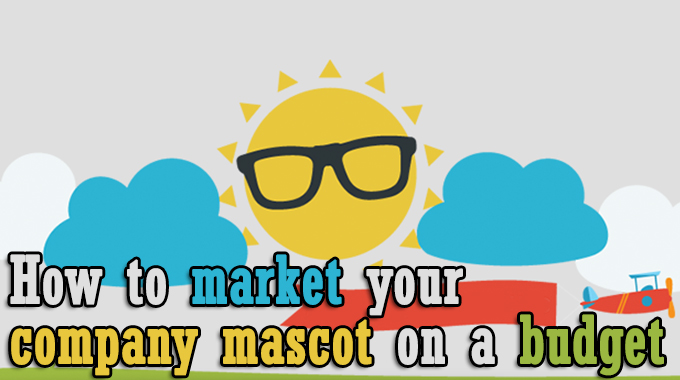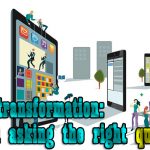How to market your company mascot on a budget

Mascots are branding elements helping people better remember your company and product. By personifying your business through a recognizable entity (mascots are often based on people, simple objects and animals), they help your audience easier identify and remember your brand.
Mascots are incredibly effective marketing tools. They act as “spokes characters” that can endorse your company on a personal level. When comparing a celebrity endorsement for a product and a mascot endorsement for a product, it has been found that successful mascots can be both more efficient and less expensive.
If you think about it for a moment, you’ll realize that we’ve been growing up surrounded by mascots. From schools to college team mascots, we have been getting older associating loyalty and excitement with all kinds of brand characters.
Whenever we talk about marketing a successful mascot, we usually see huge brands mentioned. Therefore it is easy to assume that it costs a fortune to market a successful mascot. The truth is, it can be both inexpensive and effective. Here are a few ideas:
Tie your mascot to your overall brand message
Mascots work together with other major branding components as names, logos, taglines, even calls-to-actions!
For instance, our site mascot, a little animated bee that answers users’ questions, came from the “buzz” word in the brand name and with time it became the most essential connection among all our marketing elements:
- Our video instructions are led by the bee
- Our site “PRO packages” are called “Honey bee” and “Busy bee”
- Our slogans and ads incorporate the bee as well: “Bee awesome”, “Bee popular”, etc.
Amazingly, having a mascot actually encourages you to get more creative inspiring various ways to integrate the character into the marketing strategy. Incorporating our mascot into the overall site and design concept hasn’t been expensive. If you get selective and picky, you can get most work done using Fiverr.
Paying about $20 a gig we were able to animate our mascot, find a kid-like “bee” voice-over for the videos and order banners effectively featuring the bee. If you have time to master some of these tools, you’ll be able to handle most of the above work at home for free.
You should align your brand character with all your marketing goalsmaking it an essential part of each step in the conversion funnel. In case of our brand, for example:
- The bee is present inside most social media assets that attract site visitors
- The animated bee explains the questions in the FAQ section as well as talks in the explainer video
- The bee is present in the name of the site paid packages at the end of the conversion funnel.
By the time, the visitors get there, they already know the bee very well and thus they feel safe and confident to subscribe.
Here are a few more good examples of digital mascots becoming part of every marketing aspect.
Let your mascot have separate social media assets
As Adage rightfully noted, mascots are brands’ best social-media accessories. Take a look at Aflac, for example: Their duck mascot has a separate Facebook page, Twitter account and Instagram stream. Each channel has its own audience and fans. They build loyalty of their own which they then transfer to the brand.
Social media channels cost you nothing to set up and they are fun to maintain. Reporting on your imaginary mascot life gives you more freedom than when you post to a corporate wall. Even in boring industries, a mascot can augment a company message through content and social media channels.
Your mascot can (and often should) actually live its own life providing you with alternative marketing channels.
Make a mascot part of your social media visual marketing strategy
Social media shares and accounts incorporating a mascot are reported to normally result in much higher engagement: The Nesquik rabbit triggers 51 percent more shares, the Keebler Elves enjoy 203 percent more shares and Frosted Flakes’ Tony the Tiger get 279 percent shares than those brands’ non-character images.
It’s a well-educated theory that people enjoy interacting with cute recognizable characters much more than engaging with the brand or a barely known representative. That comes especially true when we talk about social media sharing where “fun” component plays a major role.
Unlike logos, fun characters encourage casual communication which is the most important element of social media success. Even self-promotion is perceived well when it comes from a company mascot, not a company itself. Mascots are perfect social media spokes characters. Think how many more opportunities you have on social media with your mascot these days: Incorporate them into your holiday memes, travel pictures, visual quotes, etc.
Integrate a mascot into an influencer, social media contest strategy
Mascot toys work incredibly well as social media contest prizes, conference and trade show giveaway items, holiday gifts and souvenirs for important leads, clients and influencers.
Mascot-related toys don’t have to cost a fortune. Turn to Etsy for custom-made stuffed animals or (which is even more budget-friendly) custom crochet toys. These can be incredibly effective influencer marketing material.
___
by ANN SMARTY

